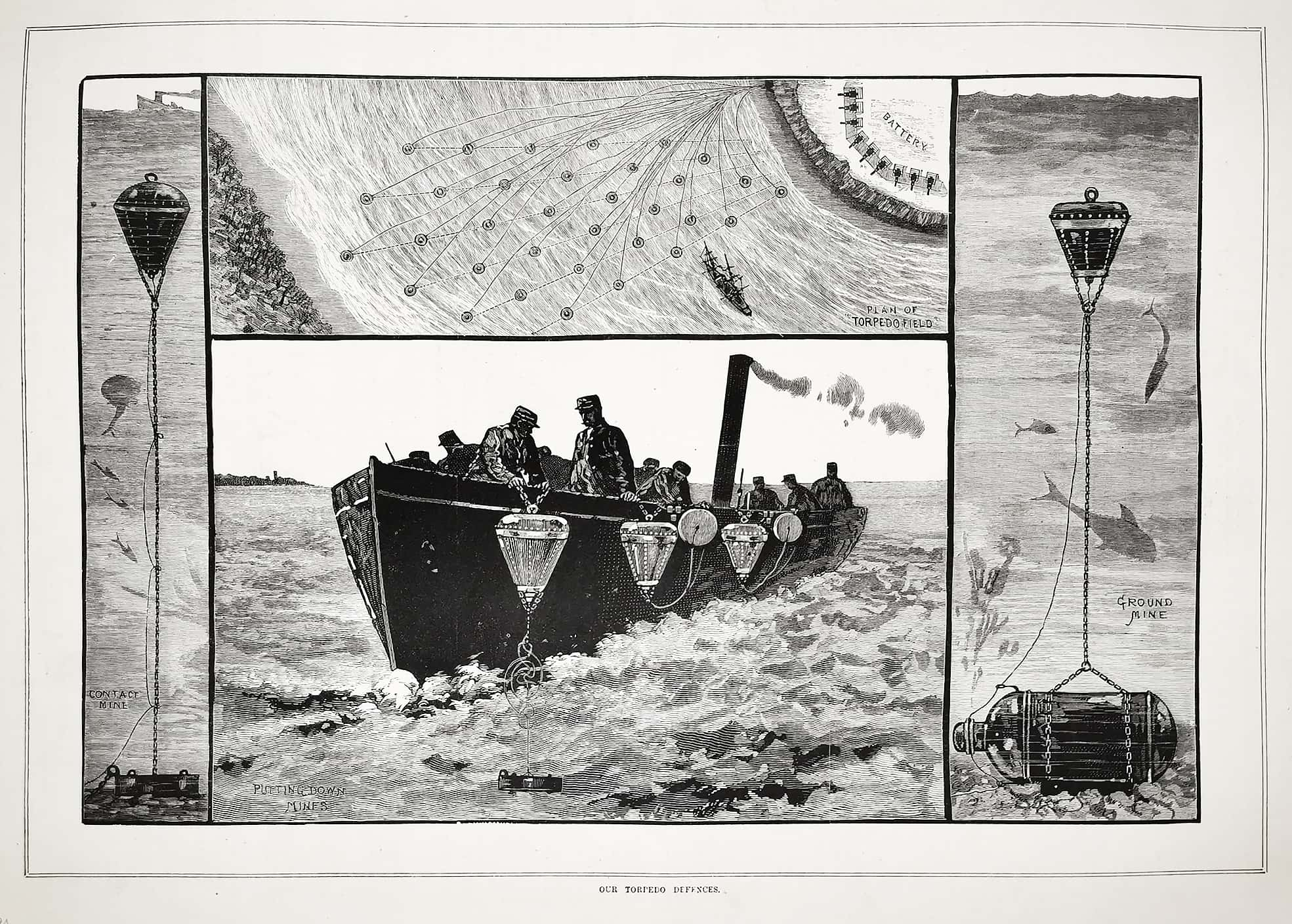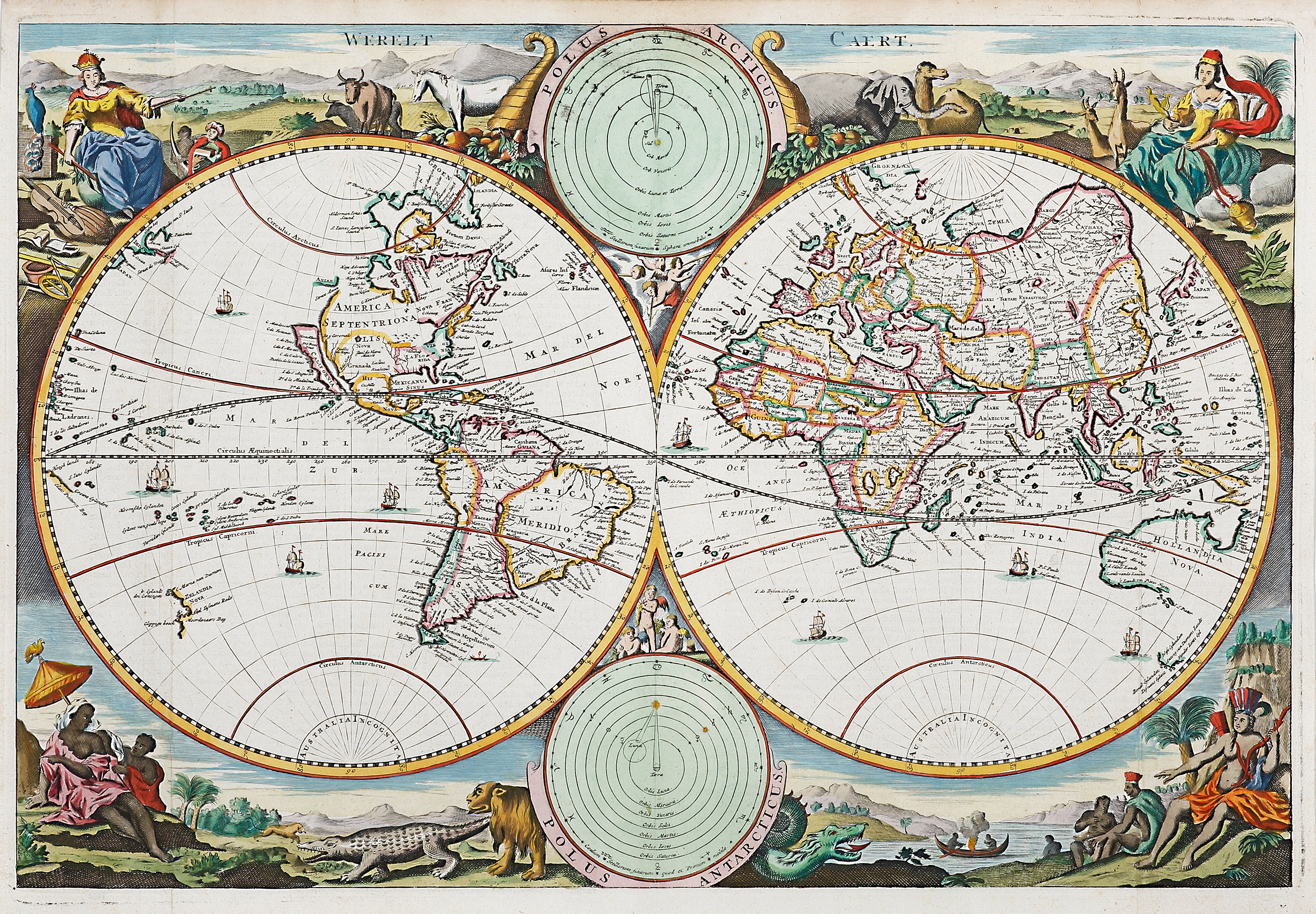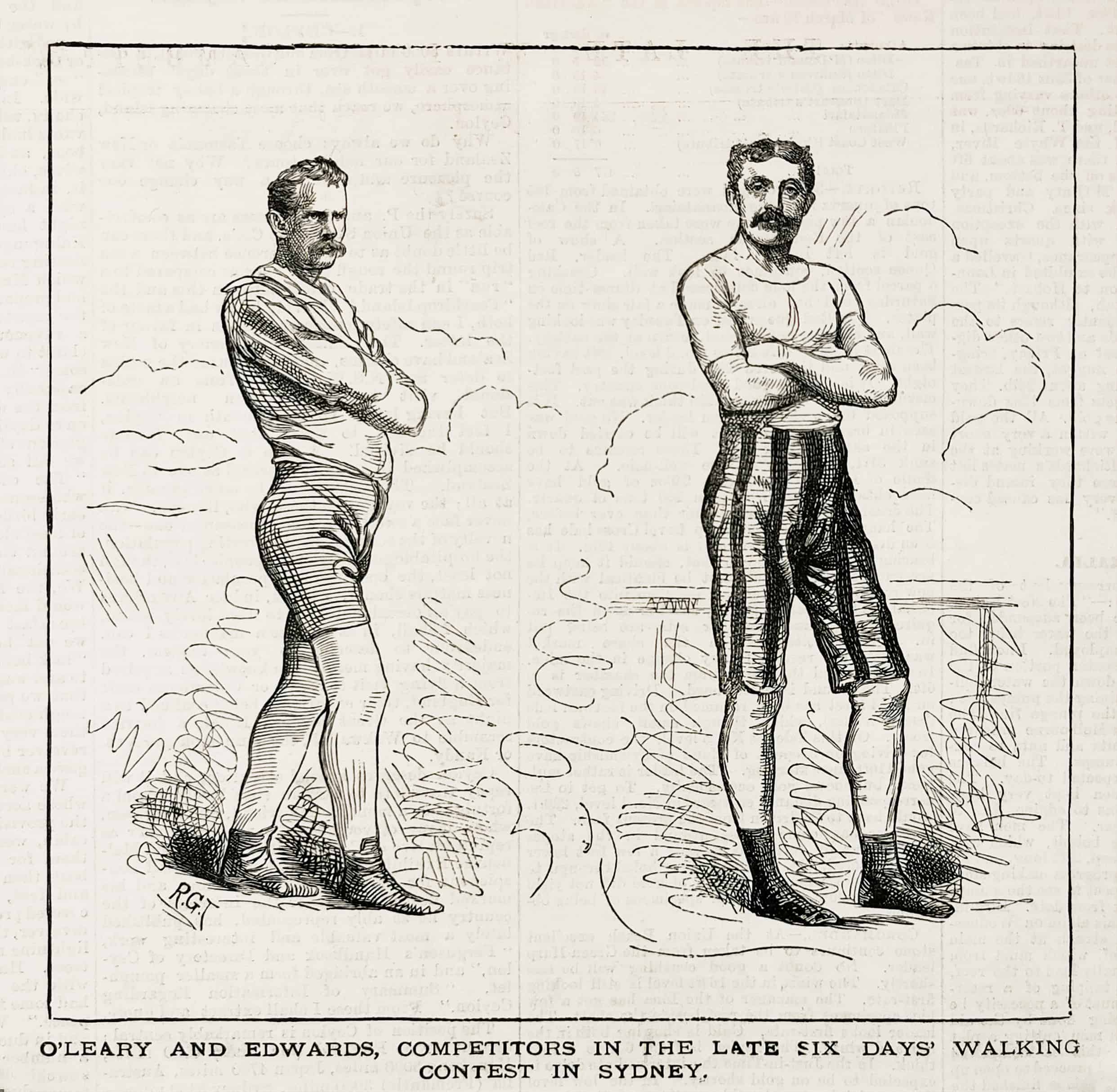![[Capt. Samuel Windridge Kyneton Troop.] Australian photographs [Capt. Samuel Windridge Kyneton Troop.] Australian photographs](https://antiqueprintmaproom.com/wp-content/uploads/2020/06/foto_cdv_011.jpg)
The only known portrait of Samuel Windridge, leader of the 1847 search for the ‘Gippsland White Woman‘.
Carte de visite portrait of Samuel Windridge (1817-1896), leader of the expedition in 1847 in search of a white woman who was thought to have been a survivor of a shipwreck and believed to have been held captive by Gippsland aborigines. The portrait shows Windridge in 1866 when he was made Captain of the Kyneton troop of the Prince of Wales Light Horse. The photographers Dufty & Carolin of Piper Street Kyneton, Victoria. Dufty was at the Pipers Street studio for only two years between 1866-1867. The carte de visite has an inscription in Indian ink in an early hand, “S. Windridge. / Captn. / Kyneton Troop.” Note as well; ‘Copies of this Portrait may be had at 1s. each“
Samuel Windridge was born in Warwickshire in 1817, and came to Australia on the convict transport HMS Susan which sailed from the Port of London on the 23rd September 1835. She carried 394 male convicts and a guard of officers and 30 rank and file of the 28th (North Gloucestershire) regiment, arriving in Sydney on 8th February 1836. He served in various places: Sydney, Moreton Bay (Brisbane) and Port Phillip (Melbourne) and was discharged from the Regiment in 1842 with the rank of Sergeant. After his marriage, he settled in Victoria and by 1852 he was often in charge of the gold escort from Bendigo. In 1854 he retired from the Gold Commission and settled in Kyneton. In 1860 the Kyneton Mounted Rifle Corps was formed with Samuel Windridge as one of its earliest members. In 1862 the whole of the Victorian Horse was amalgamated into one Regiment: The Prince of Wales Light Horse. Samuel Windridge rose to the rank of Lieutenant Colonel in the Kyneton Troop of the regiment. He died in 1896, aged 79 years,
Collections:
Not in any Australian institutional collection
Chronology of events for the search of the ‘White woman‘ and Samuel Windrige
From the 1840’s rumours had circulated of a ship-wrecked white woman who was being kept captive by Gippsland aborigines. She was thought to have been from the brig Britannia (204 tons) that had been wrecked wrecked after she departed from Melbourne on 4 November 1839 for Sydney. The woman was thought to be Miss Anne MacPherson. In April 1840 a search party had found the long boat from the Britannia on Ninety Mile Beach and footprints in the sand nearby.
Miss Anne Macpherson sometimes referred to as Ellen MacPherson (her name had been found carved on a tree) appears in the census at Port Phillip on 12 September 1838. She had been in the employ of a Mr. John McDonald of the Scottish Chiefs in Melbourne. Her brother, a Treasury official in Sydney, later offered a reward for information about her.
November 1840:
The first report of a sighting in Gippsland, seems to have been on 15 November 1840 by Angus McMillan. While on an exploring expedition, and when approaching the coast with the intention of following the Long Beach (Ninety Mile) to Corner Inlet, he came across a camp of about twenty-five natives, mainly women, who ran away as McMillan’s party of four approached. They left behind many articles of European origin, including clothing, bottles, tools, musket and printed matter dated as late as June 1838. There were also three kangaroo skin bags, one of which contained the body an infant boy. The body was able to be examined by Dr. Alexander Arbuckle who believed it to be of European parentage. As they had approached the camp, they noticed that one of the fleeing women had acted differently to the others. She had been constantly looking behind while being driven onward at spear-point by the men of the group. The natives returned the following day in larger numbers, compelling McMillan’s party to leave the area. Angus McMillan reported these events to his employer, Lachlan McAllister, and were later published in the Sydney Herald on 28 December 1840.
January 1843:
Another sighting was made in January 1843 by a party consisting of David Fermaner, John Reeve, Henry Loughnan, Mr. Sheridan and Captain Orr. They were exploring the Gippsland lakes and were at the time sailing on the south side of Lake King when they came across a group of about 200 natives. Among the natives was a white woman who was trying to escape and make her way to their boat. However she was captured and taken out of sight of the boat.
April 1846:
Gippsland Commissioner of Crown Lands Charles Tyers instructed W H Walsh, one of the Native Police officers, to take the second division of the Native Police to Gippsland to form a search party that would be guided by Tackawadden. The young boy was initially too frightened to take part, apparently believing that Mr Walsh would shoot him. Tackawadden was the son of Bungaleena, who was believed to be holding the woman captive. Judging by the reports written by officers taking part in the search, it appears that this basic fact was not generally known. It was Sergeant Windridge, an officer of the Border Police and formerly of the Native Police, who eventually persuaded Tackawadden to assist. The aim of the search was to find and communicate with Bungaleena and the Lake Wellington group. A combined party of Border and Native Police then set off in a couple of boats on Lake Victoria in search of Tackawadden’s clan.
1846:
Local interest was such that at least three expeditions were planned to travel to Gippsland in search of her. On one of these, handkerchiefs were distributed in the bush with the following message in English and Gaelic: WHITE WOMAN! – – – There are fourteen armed men, partly White and partly Black, in search of you. Be cautious and rush to them when you see them near you. Be particularly on the look out every dawn of morning for it is then that the party are in hopes of rescuing you. The white settlement is towards the setting sun. Another message read: “White woman – A strong armed party, headed by the Government, is now in search of you, determined to rescue you. Two Warrigals named Boondowal and Karrowutbeet, are with the white party. Be careful as far as your own safety is concerned, and do everything to throw yourself into the hands of this party. Inform the person who detains you, as well as his tribe, that he and they will be handsomely rewarded if they give you up peaceably but if they persist in detaining you that they will be severely punished. Melbourne, 4th March, 1847.”
January 1847:
During one of the searches conducted in January 1847, Sergeant Windridge followed a group of Kurnai people who were supposedly in contact with Bungaleena, the headman suspected of holding the white woman captive. While with this group, a messenger told Windridge that Bungaleena would never give her up. The next day the group moved on but Windridge continued tracking them. Shortly after arriving at their camp, a young Aboriginal woman was brought to one of the Aboriginal men taking part in the search. Windridge thought that the Kurnai people were making a compromise offer, a fair exchange in place of the white woman. On the other hand, the offer may have equally suggested some kind of misunderstanding about what the Kurnai people of Gippsland understood to be the purpose of the search party.
1847:
Sydney Chronicle Wednesday 28 July 1847 dispatches published from Commissioner Tyers and Samuel Windrige relating to the search for the white woman. ‘I lost no time in sending a party, consisting of five white men and five blacks, with him, under Sergeant Windridge…’
1864 The Government Gazette of Thursday 8 December 1864: Published promotion of Windridge. ‘Volunteer force.-Victorian Volunteer Light Horse-Samuel Windridge, Esq, to be lieutenant in the Kyneton Troop.’
1866: The Argus Monday 14 May 1866 Published promotion of Windridge. ‘Cavalry – Lieu- tenant Samuel Windridge to be captain in the volunteer force, and to be officer commanding the Kyneton troop of the Prince of Wales V. V. Light Horse’ 1939
The Argus Saturday 29 July 1939: An account of Windrige The Castlemaine Pioneers and Old Residents’ Association has sent me some notes of the career of Samuel Windridge, who came out to Sydney in 1836 as a soldier in the 28th Regiment, and later transferred to the police, serving in the Port Phillip District and retiring with the rank of inspector in 1854. Mr. Windridge lived for many years in Kyneton after he had left the public service, becoming chairman of the District and Board and a lieut.-colonel in the volunteer forces. In 1891 he came to Melbourne, and died here in 1895. His chief claim to a place in the history of this State is the fact that in 1847 he led an expedition to Gippsland to search for a white woman said to be held in captive by the aborigines.
The efforts of this first party were fruitless, and it returned to Melbourne in January, 1847. Shortly afterwards Superintendent La Trobe sent a second body of men, under the charge of Sergeant Windridge, who was instructed to take his orders from Mr. Tyers, the Crown Lands Commissioner for Gippsland. This time the mast-head of a ship, representing a snake, was secured from the blacks. No solution of the mystery was ever found. ‘I lost no time in sending a party, consisting of five white men and five blacks, with him ( Bungelene), under Sergeant Windridge. They left head quarters on the 19th ultimo, and after a very fatiguing journey among the mountains between Mounts Buller and Gisborne (or Wellington), returned on the 4th instant, without having met with, any blacks, or seeing tracks or other indications of the object of their search. Indeed, from Sergeant Windridge’s report to me (enclosed), and from the Journals of three of the party,- CHAS. J. TYERS,Commissioner Grown Lands (Sydney Chronicle Wednesday 28 July 1847)’
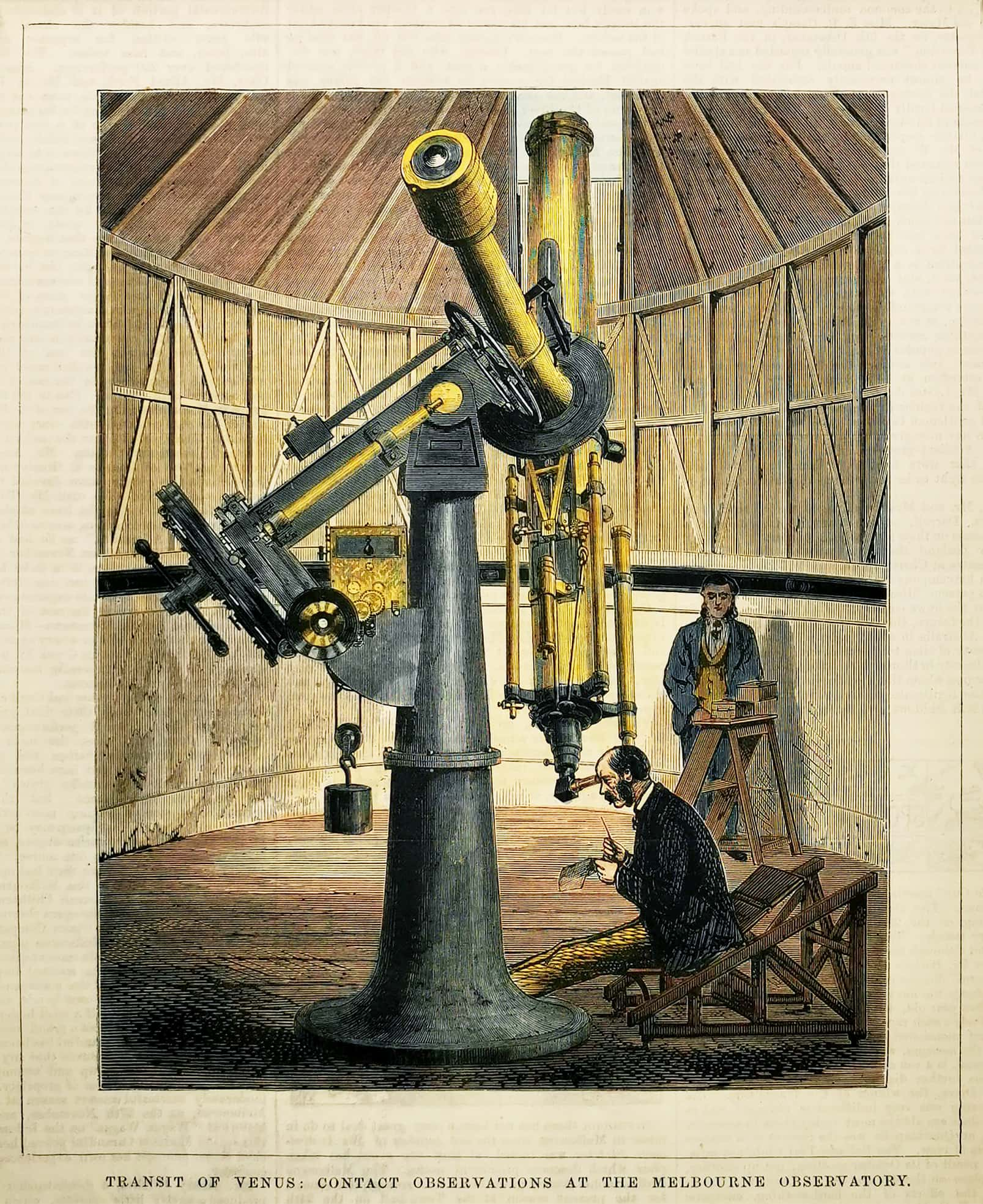
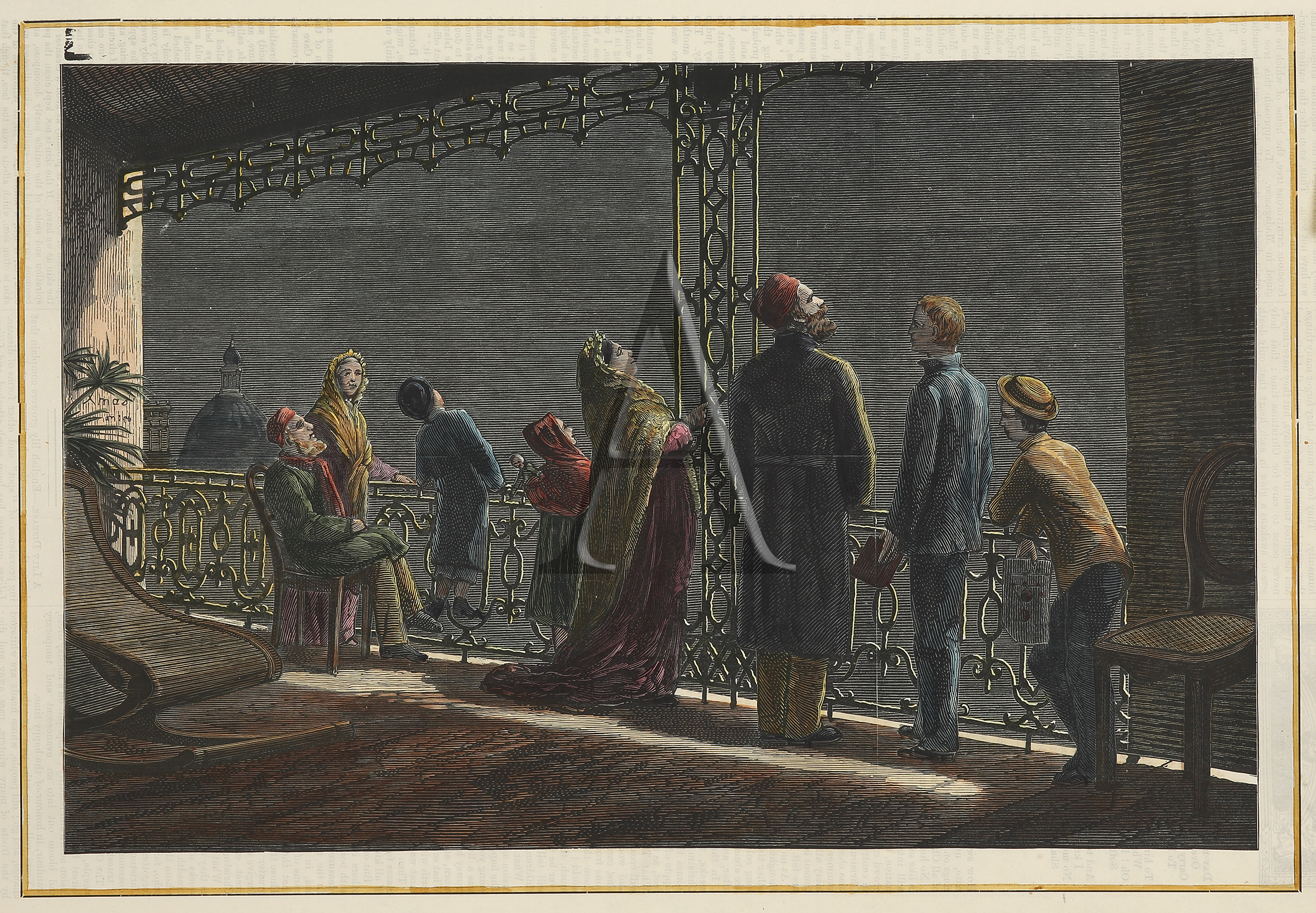
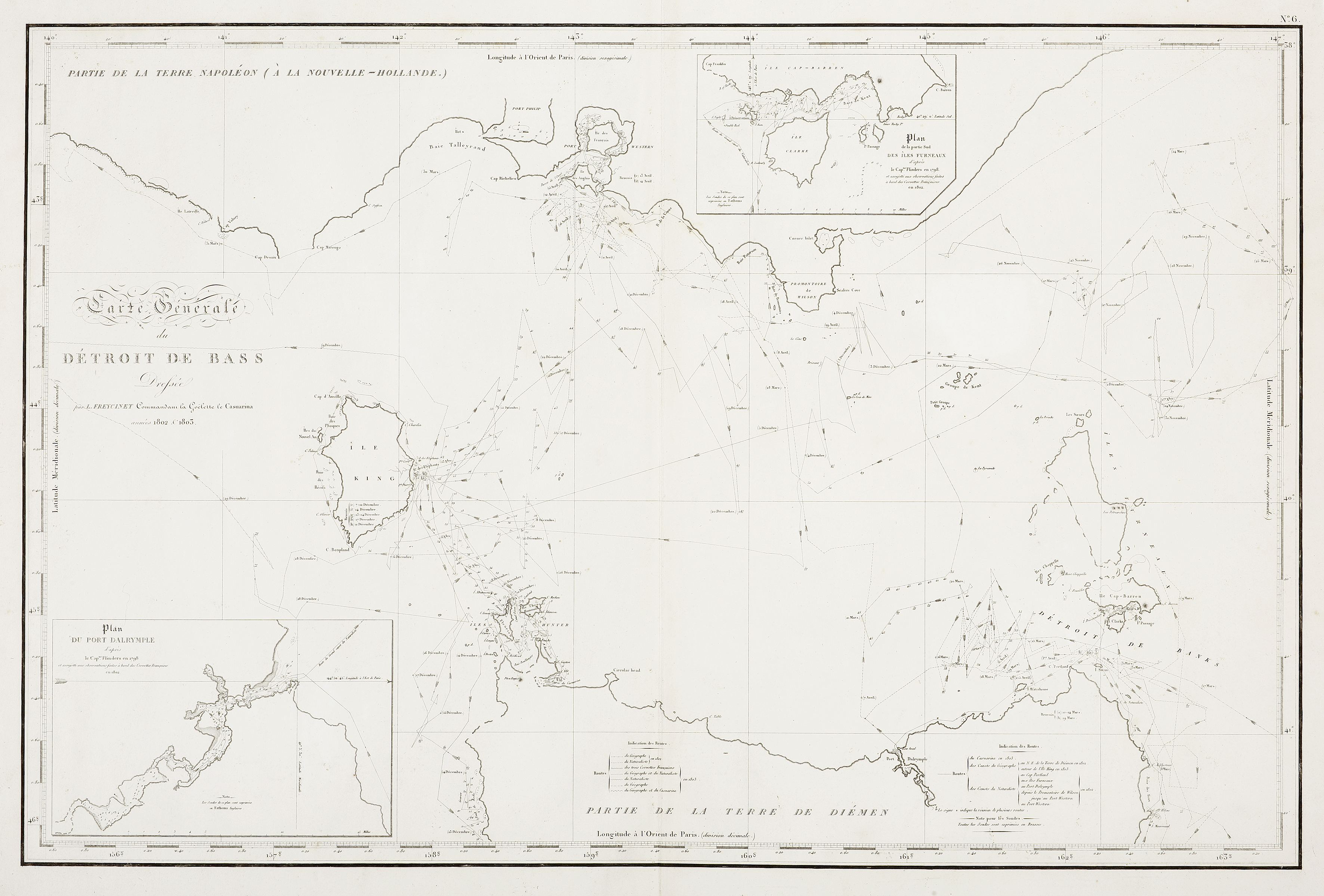

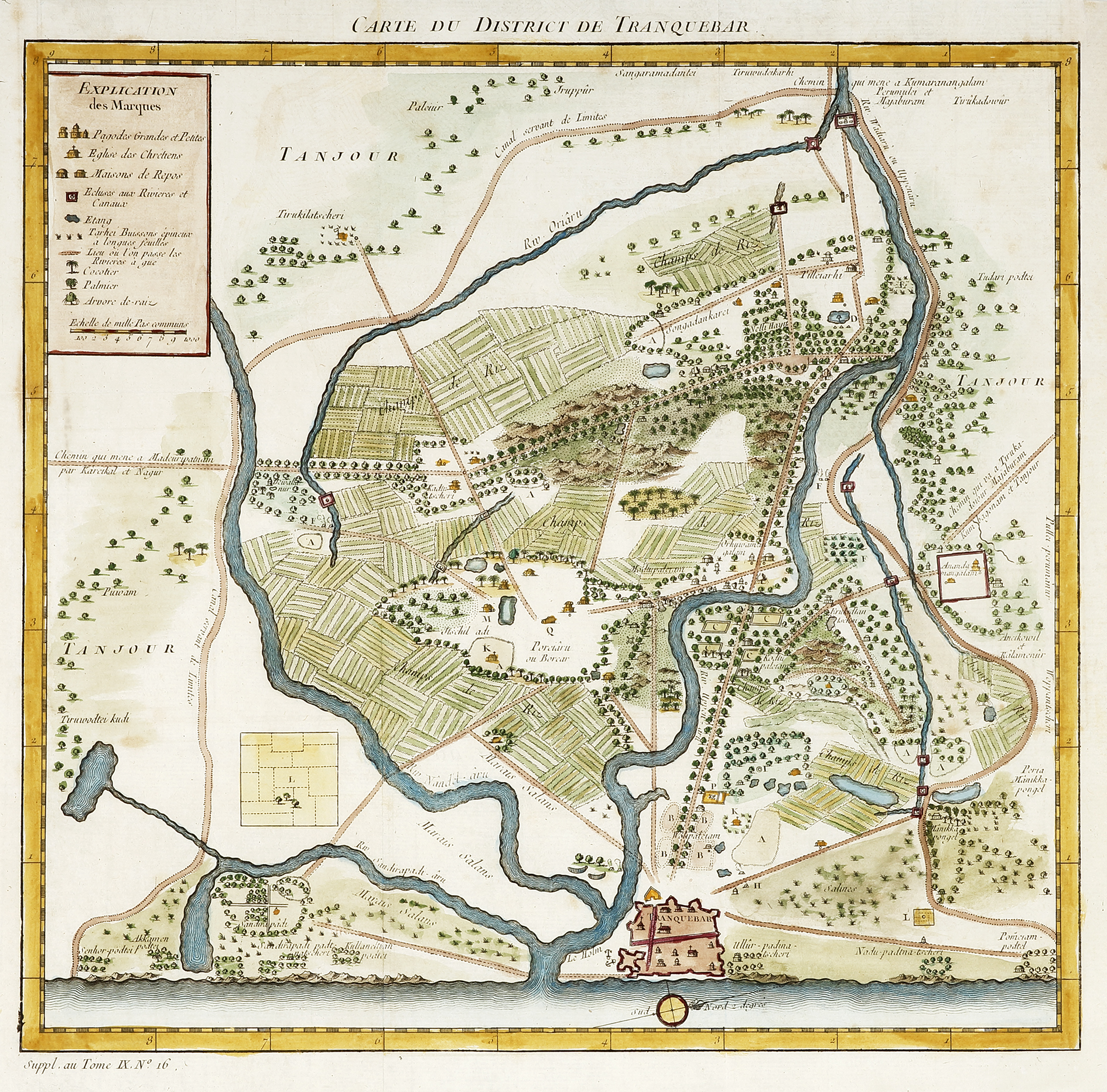
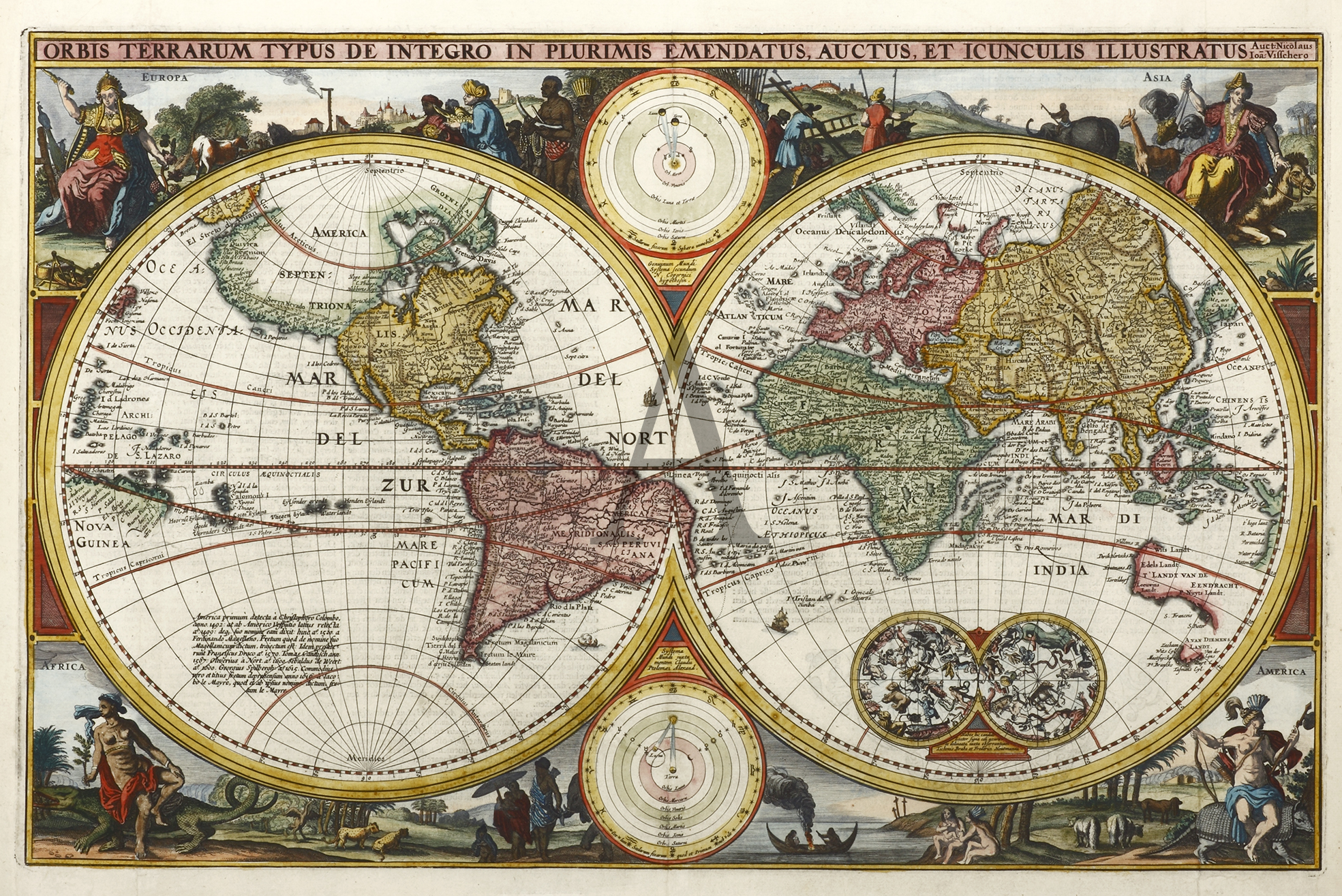
![[H.M.S. Resolution arrives at Ship Cove, Queen Charlotte Sound, 17 May, 1773.] Australian Printmakers [H.M.S. Resolution arrives at Ship Cove, Queen Charlotte Sound, 17 May, 1773.] Australian Printmakers](https://antiqueprintmaproom.com/wp-content/uploads/2021/08/MG_3836-copy.jpg)

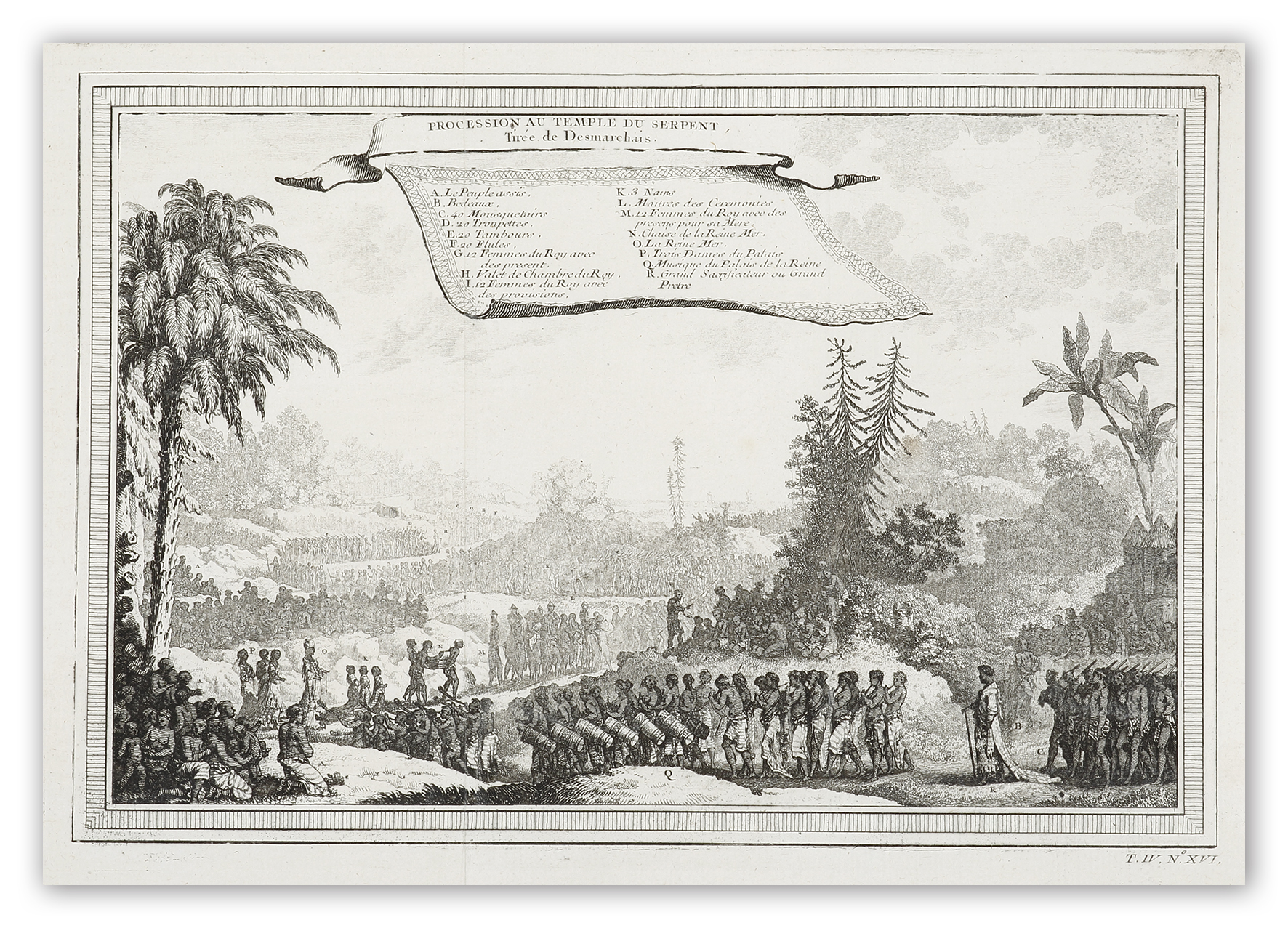

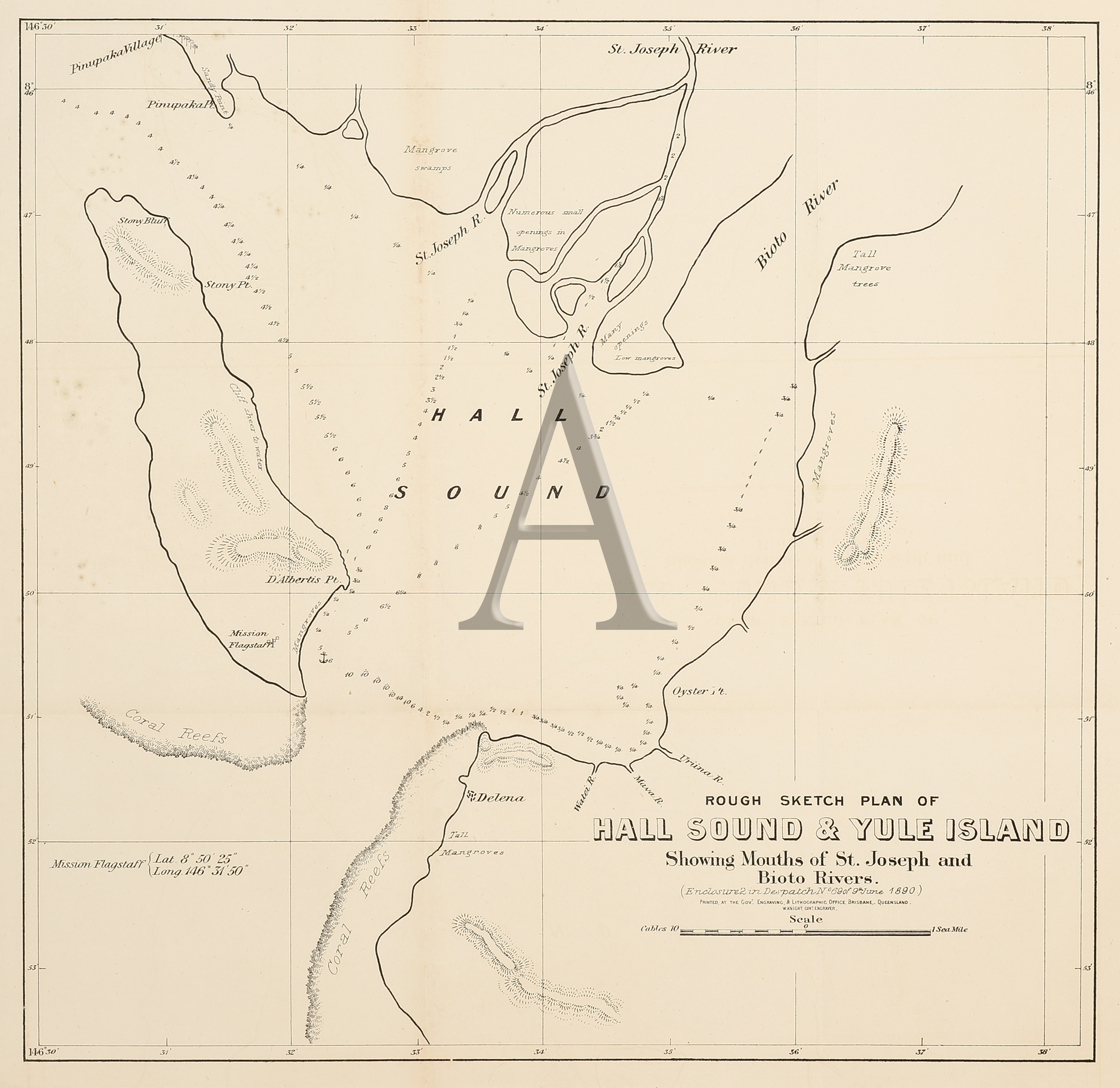

![[Werelt Caert] WORLD MAPS [Werelt Caert] WORLD MAPS](https://antiqueprintmaproom.com/wp-content/uploads/2020/06/wm_1663_viss_1677.jpg)
![[Capt. Samuel Windridge Kyneton Troop.] Australian photographs [Capt. Samuel Windridge Kyneton Troop.] Australian photographs](https://antiqueprintmaproom.com/wp-content/uploads/2020/06/foto_cdv_011.jpg)

